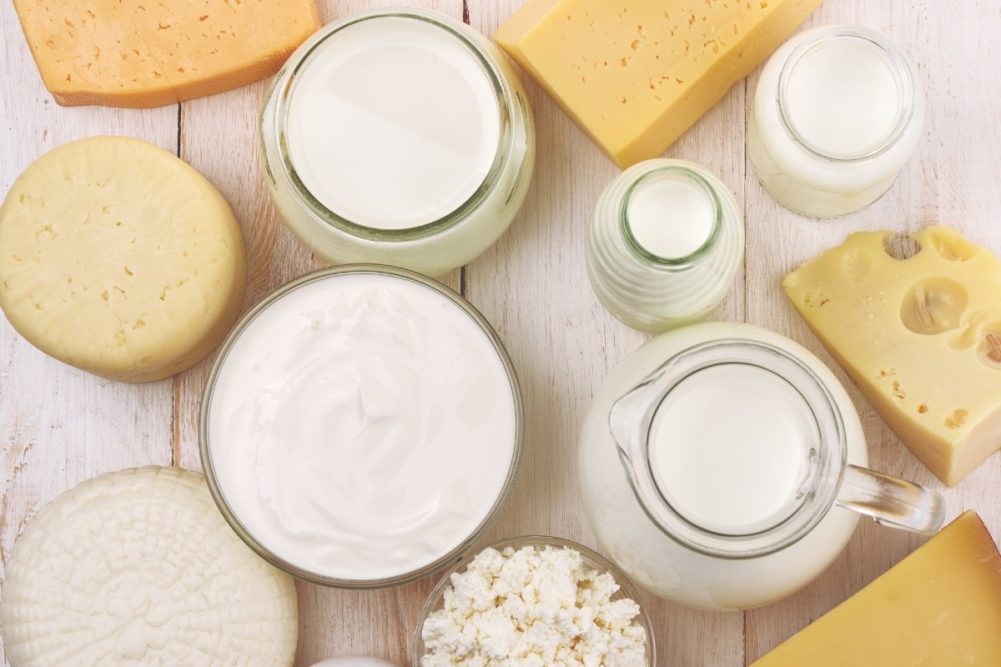According to a recent survey of US dairy processors, the future looks bright.
Cypress Research, Kansas City, Mo., conducted a confidential survey of US dairy processors on behalf of Dairy Processing magazine to track business outlook and capital spending trends. Dairy Processing provided a representative sample of its subscriber database for use in the industry research. The online survey was fielded to dairy processing professionals in June and July 2021.
The survey included 148 respondents, 30% of which were from the top 100 dairy processors in the United States, determined by annual revenue.
Respondents surveyed represents a cross-section of principal products processed, including cheese (51%), fluid milk (31%), culture protein/yogurt (29%), ice cream (28%) and frozen desserts (14%).
“What we were looking for are those job positions with responsibilities close enough to these issues so that they could respond to them, so mostly we were interested in operations type professionals, so operations, production, corporate and engineering,” said Marjorie Hellmer, president of Cypress Research. “When you look at the response base, that’s exactly who responded and participated in the survey.”
Survey results showed 94% of dairy processors are positive about their company’s outlook for 2021, and 86% are positive about 2021 US dairy industry, as a whole. That continues into the coming year, as 93% of dairy processors are positive about their company’s outlook for 2022.
“Everyone in the supply chain has done well this year,” said Michael Dykes, D.V.M., president and chief operating officer, International Dairy Foods Association (IDFA). “I think we certainly had some disruptions, we had some shifts from foodservice to more retail and more at-home consumption, but consumption is up this year — three pounds per person — demand has been high, people have come back to the things that they’ve known and they’ve seen value in.”
2021 versus 2022
According to the survey, 49% of dairy processors project increased 2022 capital investments over 2021 levels and 2022 capital spending budgets projected to slightly increase compared to 2021 levels.
Business areas responsible for growth from respondents who expect revenue to grow in 2021 include growth of existing product lines in US (67%), new product launches (58%) and new distribution channels (48%).

“I would say one of the key findings is that we’re seeing that the pandemic impact has not been incredibly negative, it hasn’t pulled the dairy industry down dramatically,” Hellmer said. “And so as we see, as Cypress sees with other food processing industry sectors that we monitor, the pandemic has turned out to be somewhat of a boom for many companies now. If we’re taking that 30,000-foot view, we see through this research a bounce back from the pandemic year (2020) to 2021, and then a lot of positivity on the part of the industry looking ahead to 2022.”
Companies are trying to keep up with intense demand, which has required them to shift focus. Where they would normally be spending a considerable amount of focus on new product innovation and support for new product and production lines in their facilities, there is a shift to focusing on existing products and make serving the customer base in that way, according to Hellmer.
“These professionals have told us their companies are focused on growing their business through their existing product lines, primarily then secondarily through a focus on new product launches.”

Thirty percent of dairy processors anticipate adding new equipment and/or productions lines in 2022, similar to reported 2021 new equipment investments. For equipment-related capital projects, companies project spending on maintaining existing equipment and production lines (41%), upgrading existing equipment/production lines (29%) and adding new equipment and productions lines (30%).
Seventy-one percent of dairy processors plan to invest in equipment systems improvements in 2022. 51% plan 2022 facility expansions and 31% will invest in brick-and-mortar. 63% of dairy processors plan to focus their 2022 capital investments on improving product quality, consistency and accuracy.
“There’s a focus on the future and growth and expansion,” Dykes said. “People are investing in this industry; there’s over $2 billion of capital investments on the books for new facilities, upgrading of the existing facilities and capital expenditures for new equipment.”
Workforce issues and labor costs are weighing on US dairy processors. 68% of dairy processors are concerned about lack of skilled workforce in 2022. 57% hold related concern for labor costs.

“This has been a perennial challenge within food manufacturing, but it’s gone from extremely difficult to almost unattainable ... they simply have to look to automate now,” Hellmer said. “(Previously) there’s been a little bit of a defensive posture, almost saying, ‘we’re not trying to eliminate our employees.’ But now it’s just gotten to the point where the conversation is shifting away from that ... there’s more of a realization that people aren’t out there in enough numbers for all of US manufacturing to have fully staffed facilities.”
There are still opportunities abound for the industry heading into the new year, including new product development, expanding distribution channels, growing international business and re-opening of the foodservice industry. Despite concerns surrounding workforce and disruptions in the supply chain, the overall outlook for 2022 remains ultimately positive.
“We have logistics and supply chain issues … no two ways about it,” Dykes said. “There’s not an easy straightforward answer to them, they are not short-term issues, and I think they’ll require the whole of government and probably the whole industry to address them.
“Our folks are preparing to sell a wholesome nutritious product that is sustainably produced for the consumer and the consumer is going to be requiring that. That’s going to cause change throughout the dairy industry, those things are going to cost money to do, but our industry is preparing to do it. We have to do it, we will do it, because consumers are going to be demanding it.”


